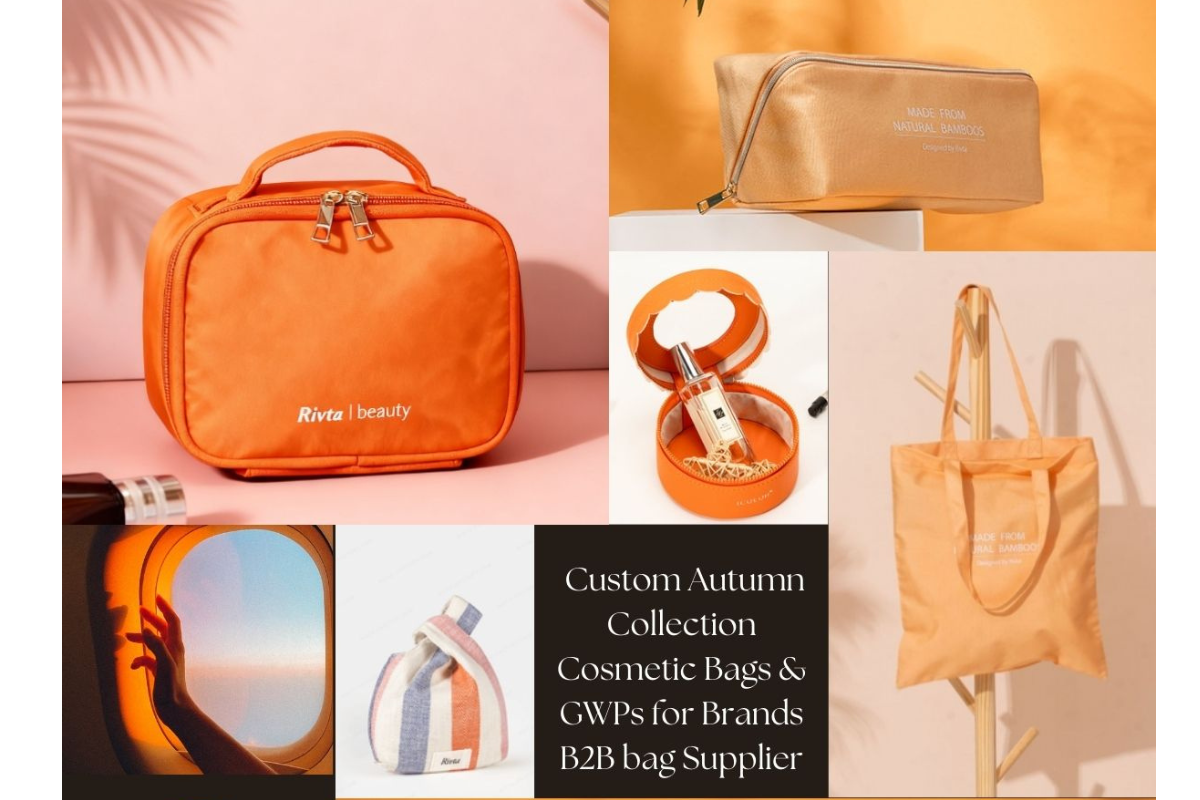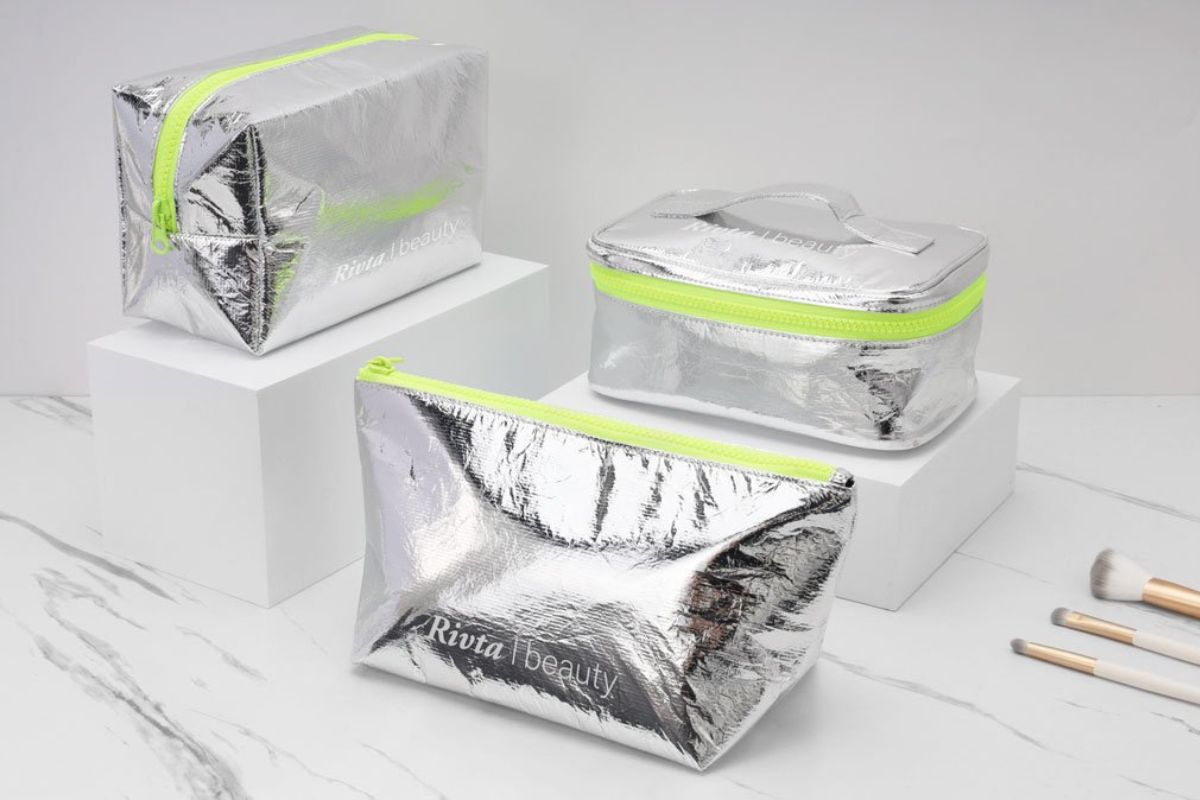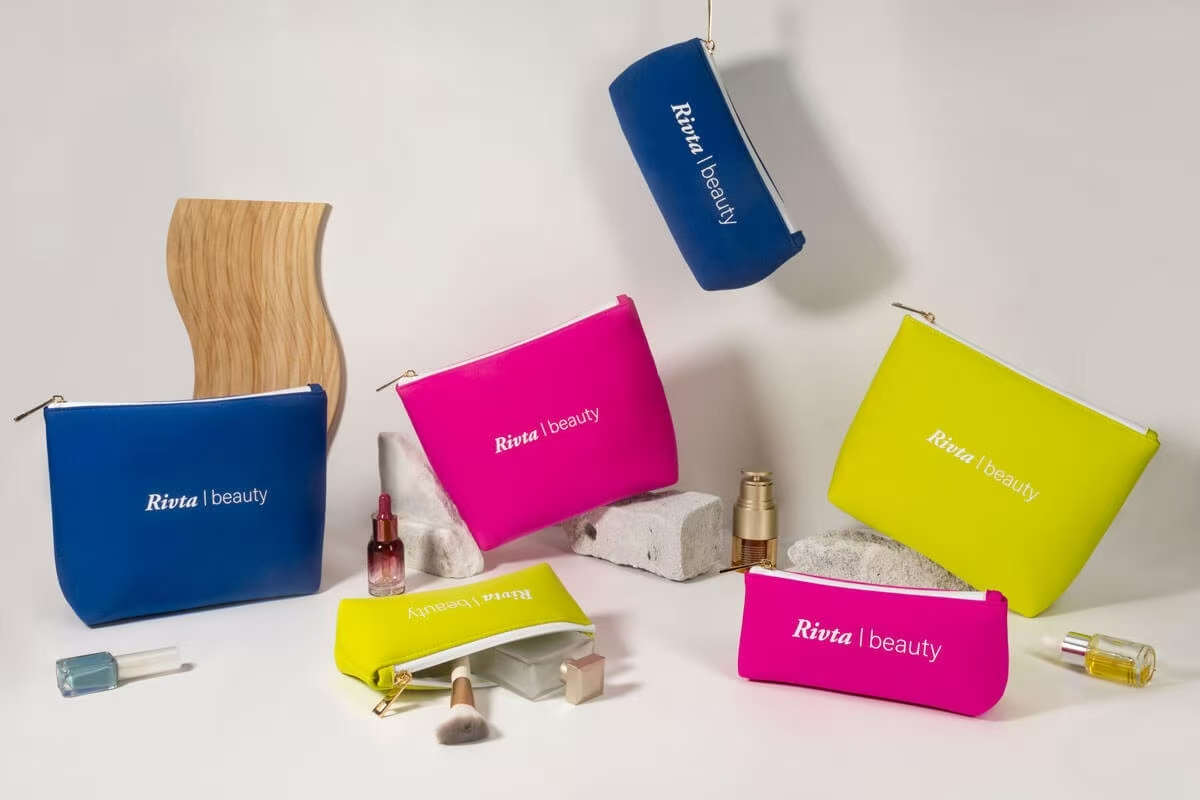Common Mistakes to Avoid when Ordering Logo Makeup Bags in Bulk
Are you excited about a bulk bag order but worried about costly errors? A small mistake can ruin the entire batch, wasting your budget and precious time. Let's make sure your project succeeds.
The most common mistakes are sacrificing quality for price, skipping pre-production samples, providing vague artwork, and ignoring realistic lead times. Avoiding these pitfalls ensures your custom makeup bags perfectly represent your luxury brand and arrive on time for your campaign.
I have seen these issues happen again and again in my career. A brand gets very excited about a new project, rushes the process to meet a deadline, and ends up with a product that does not live up to its standards. It is a painful and expensive lesson to learn. But it is also completely avoidable. I want to walk you through the four biggest mistakes I see designers and brand managers make when ordering in bulk. Let's break them down one by one so you can navigate your next project with total confidence.
Why is Sacrificing Quality for the Lowest Price Point a Huge Mistake?
That super low quote looks so tempting, right? But what if the zippers break and the seams unravel after one use? Suddenly, that great deal is actively damaging your brand's reputation.
A low-cost bag often uses inferior materials and poor construction that reflect badly on your luxury brand. Investing in quality ensures the bag is a durable, positive brand ambassador, protecting your reputation and delivering long-term value beyond the initial cost savings.
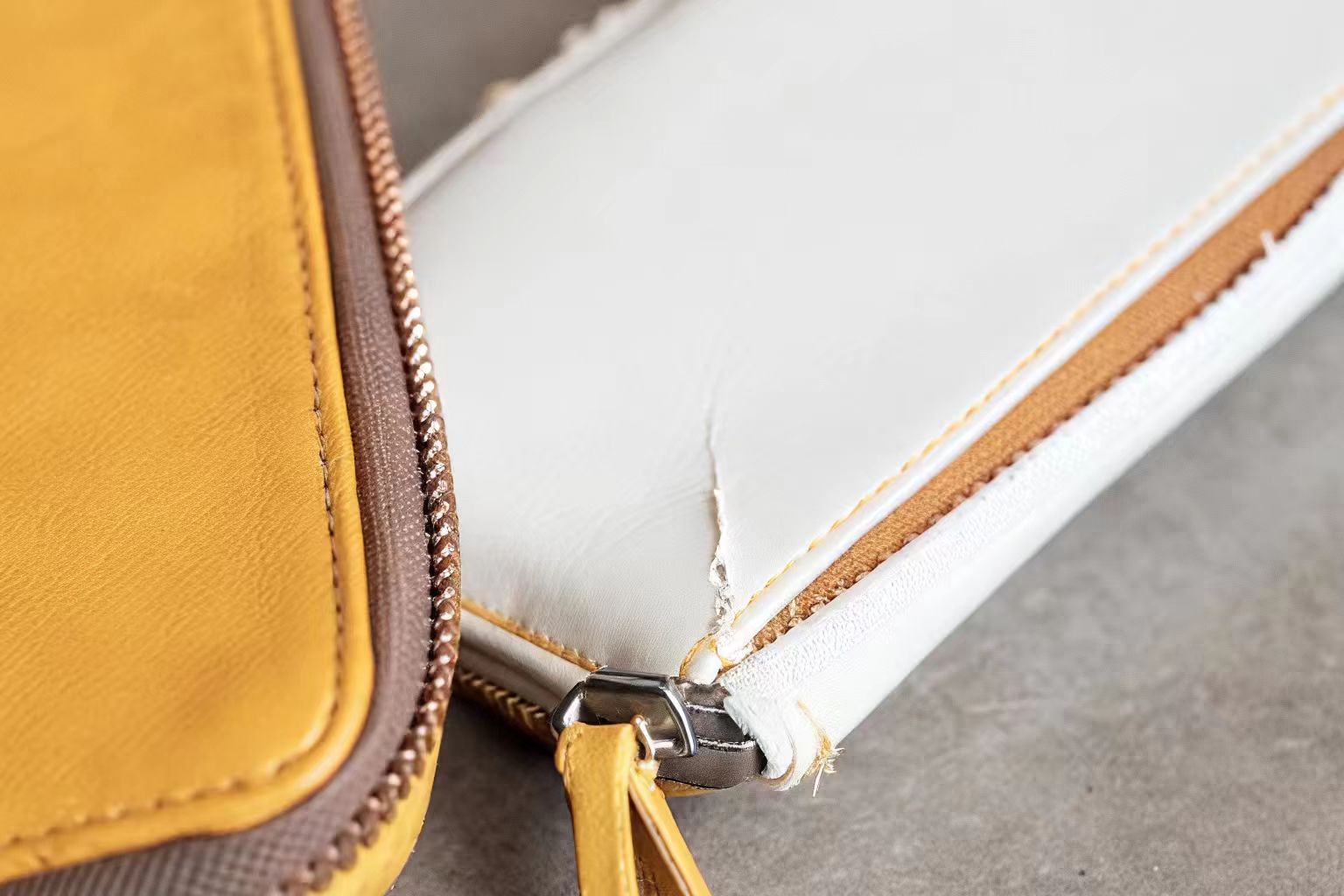
I once had a potential client come to me for a quote. They loved our design but ultimately chose another supplier who was 15% cheaper. A few months later, they called me back. They were in a panic. The bags had arrived, and the logos were peeling off, and dozens of zippers were broken right out of the box. That 15% they saved cost them their entire investment and nearly derailed a major product launch. The bag you create is a direct reflection of your brand. For a luxury brand, quality is not negotiable. A customer will connect a flimsy, poorly made bag with the products inside.
The True Cost of "Cheap"
A promotional item should never be a liability. When you work with high-end beauty, skincare, or fragrance brands, every single touchpoint matters. A broken zipper, a frayed seam, or thin, cheap-feeling fabric tells your customer that you cut corners. It creates a jarring disconnect between the premium product and the packaging it comes in. The small amount saved on a cheaper bag is never worth the potential damage to your brand's carefully built reputation.
Material Integrity and Brand Perception
The physical feel of an item is a powerful messenger. It conveys value instantly. When we choose materials like high-quality recycled canvas, soft vegan leather, or luxurious recycled velvet, we are making a statement. These materials not only feel better to the touch but also tell a story about sustainability and attention to detail. This is critical for an audience that cares about ESG goals and a product's origins. The bag is an extension of the product it holds. You would not put a luxury face cream in a cheap plastic jar, so why put it in a cheap bag?
| Feature | Low-Price Option | Quality Investment |
|---|---|---|
| Zipper | Flimsy, plastic, prone to sticking | Smooth, durable metal (e.g., YKK) |
| Stitching | Uneven, loose threads, single-stitched | Tight, consistent, reinforced seams |
| Material | Thin polyester, feels cheap and crinkly | Substantial feel (rPET, velvet, cotton) |
| Brand Impact | Negative, seen as disposable | Positive, becomes a long-lasting keepsake |
Why Can Underestimating a Pre-Production Sample Derail Your Entire Project?
You approved the design on your screen, so everything should be fine, right? But the final bulk order arrives, and the color is completely wrong. Now you have a huge, expensive problem.
A digital proof can't show you the true color, material texture, or overall build quality of the bag. A physical pre-production sample is the only way to test and approve every detail before committing to thousands of units, preventing costly, irreversible errors.
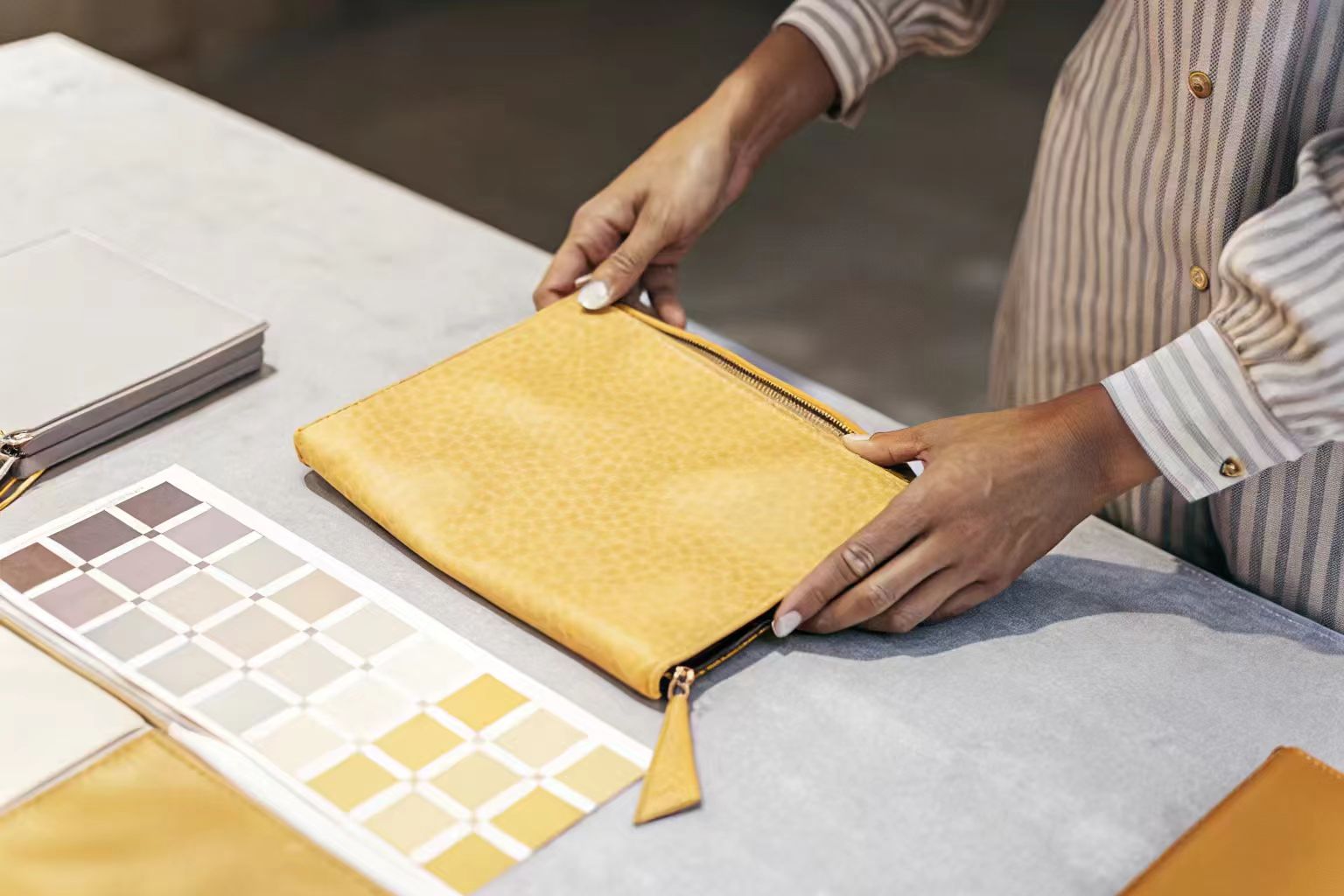
I have a golden rule in my business: we never, ever proceed to bulk production without a client's sign-off on a physical pre-production sample (PPS). It’s simply not worth the risk. I remember a project for a skincare brand that wanted a very specific "dusty rose" color for their bags. On screen, three different Pantone shades looked almost identical. I had the factory produce a sample of each. When they arrived, it was immediately clear that only one was the perfect, sophisticated shade the client envisioned. The other two looked cheap and completely wrong for the brand. A simple digital proof would never have revealed that subtlety.
What to Check on Your Sample
When your sample arrives, it's your one chance to catch any issues. Treat it like a final quality control check. Here is a quick list of what I always review with my clients:
- Color Accuracy: Check the Pantone colors against a physical swatch book. Look at it under different lighting conditions (natural light, office light).
- Material Feel: Does the fabric feel as luxurious as you imagined? Is the weight and thickness correct? Does it match the quality of your brand?
- Construction Quality: Test the zippers multiple times. Pull gently on the seams. Is the lining smooth and sewn in correctly?
- Logo & Print Placement: Is the logo perfectly centered? Is the size correct? Is the print sharp and clear?
- Overall Functionality: Does it hold the products it's supposed to? Does it zip and unzip easily when full?
It's Your Insurance Policy
Think of the sample cost not as an extra expense, but as an insurance policy. Paying a small fee for one perfect sample can save you from a five or six-figure disaster. It’s the single most important step for managing risk in custom manufacturing. For designers like us working on high-stakes luxury projects, this step is absolutely non-negotiable. It protects you, it protects your client, and it guarantees the quality of the final product.
How Can Vague Artwork and Print Details Ruin Your Logo Bag Design?
You sent the logo file over to the factory. That was easy, right? But the final product comes back looking blurry, pixelated, or the colors are off. Your beautiful design is completely lost in translation.
Factories need high-resolution vector files (like .AI or .EPS) with specific Pantone color codes. Failing to provide this, or not discussing the best print method for your design, can lead to poor quality, color mismatches, and a disappointing final product.
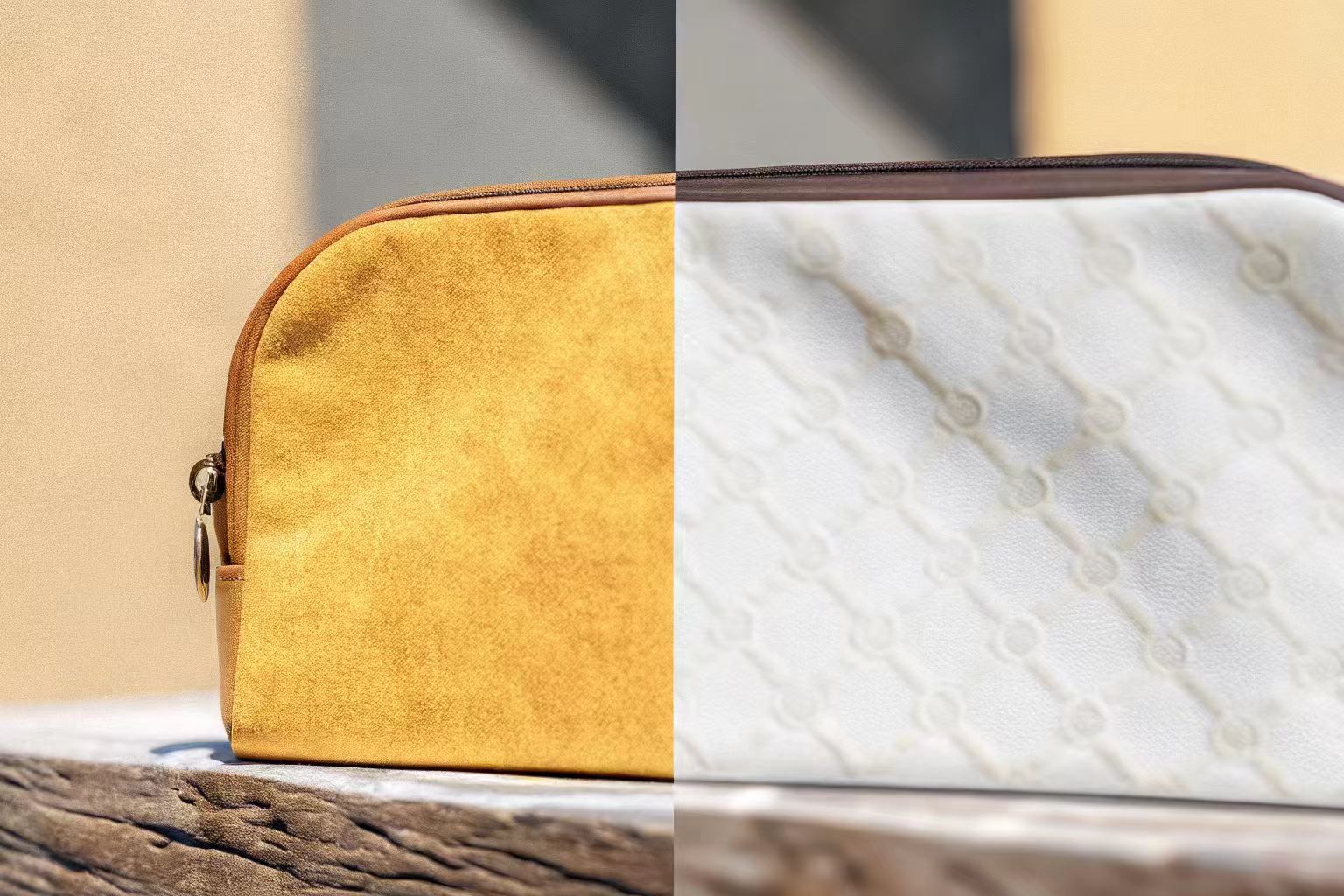
There is a simple rule in manufacturing: garbage in, garbage out. The quality of your final product can only be as good as the quality of the technical files you provide. As a designer, you already know the importance of proper file formats, but it's amazing how often this step is rushed. I always ask my clients for their official brand guidelines right at the start of a project, so my team and the factory are all speaking the same language from day one. This avoids any confusion about colors, logo placement, or fonts. Clear communication starts with clear technical specifications.
The Technical File Checklist
To ensure your design is produced perfectly, your artwork files must be production-ready.
- File Format: Always provide vector files. The standard formats are .ai (Adobe Illustrator), .eps, or sometimes .svg. A vector file can be scaled to any size without losing quality. A .jpg or .png is made of pixels and will look blurry when enlarged for production.
- Color Codes: Always specify Pantone (PMS) colors. Do not just say "light blue." Say "PANTONE 291 C." This is the universal language of color that ensures the factory can match your brand's exact shade.
- Fonts: Convert all text to outlines. This turns the letters into shapes, so the factory does not need to own the specific font file you used.
Choosing the Right Decoration Method
The way your logo is applied to the bag is just as important as the logo itself. A good supplier should be your partner in this, advising you on the best method for your specific material and design.
| Method | Best For | Considerations |
|---|---|---|
| Screen Printing | Simple logos with solid, distinct colors. | Very cost-effective for large quantities; limited number of colors. |
| Embroidery | Creating a textured, premium look. | Higher perceived value; not great for very fine details or gradients. |
| Heat Transfer | Full-color photos or complex, gradient images. | Can feel like a sticker on some fabrics; quality can vary widely. |
| Embossing/Debossing | A subtle, elegant effect on PU leather or suede. | Highly sophisticated and tactile; no color, just texture. |
For the luxury market, methods like embroidery or embossing often communicate a premium feel much better than a basic screen print. The decoration method should always align with the brand's identity and price point.
Why is Ignoring Production and Shipping Times a Recipe for Disaster?
You need the bags for a big product launch in just six weeks. It seems like plenty of time, right? But you completely forgot to account for international shipping, customs, and potential delays.
Bulk orders involve multiple stages: sampling, mass production, quality control, and international shipping. Ignoring these timelines and failing to plan for customs can cause major delays, making you miss your critical launch date or event. Always build a buffer into your schedule.
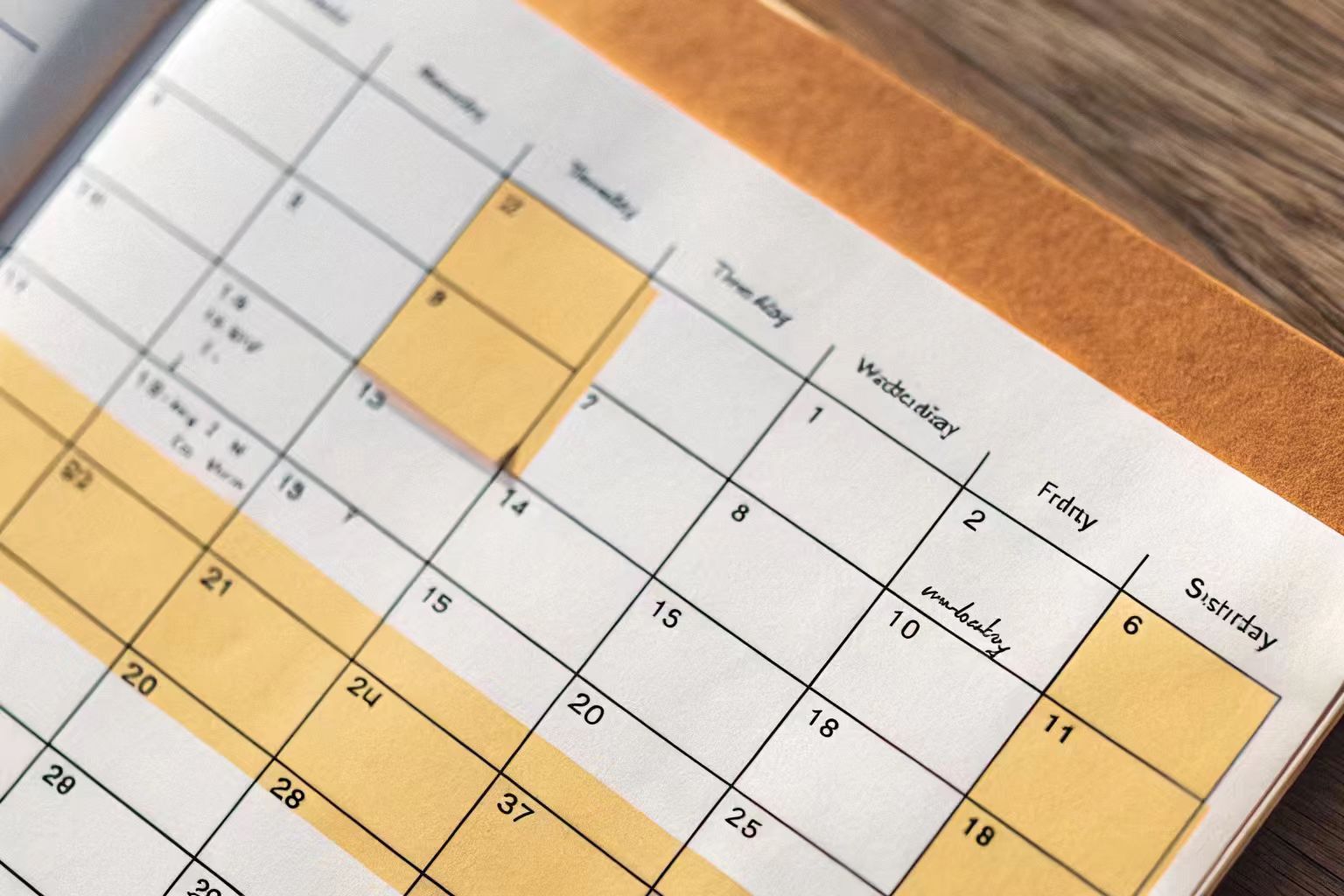
This is one of the most painful mistakes I have seen. Years ago, I worked with a client who had a massive trade show. They approved the final sample just eight weeks before the event. They thought that was more than enough time. To save money on their budget, they chose sea freight, not realizing it would take 30 to 40 days just for transit. The bags arrived at the warehouse the day after the show ended. It was an absolutely heart-breaking and expensive lesson in logistics planning. Time is the one thing you cannot get back in a project.
A Realistic Project Timeline
To avoid a last-minute panic, you need to understand every step of the process. A typical custom bag project timeline looks something like this:
- Design & Quoting: 1-2 weeks
- Pre-Production Sampling: 2-3 weeks (this includes shipping the sample to you for approval)
- Bulk Production: 4-6 weeks (this can vary based on quantity and complexity)
- Shipping: Air (5-10 days) vs. Sea (30-45 days)
- Customs Clearance: 1-5 days
As you can see, a standard project can easily take 12 to 16 weeks from start to finish. You must plan accordingly and build in a buffer for unexpected delays.
Air Freight vs. Sea Freight
Choosing your shipping method is a critical decision that balances cost and speed.
- Air Freight: This is much faster but also significantly more expensive. It is the best option for tight deadlines or smaller, high-value shipments where speed is the top priority.
- Sea Freight: This is much more cost-effective, especially for large, heavy orders. However, it is very slow and requires you to plan your production schedule months in advance.
When you are planning your project, always talk to your supplier about your "in-hand date." That is the date you need the products physically at your location. Do not just focus on the "ready-to-ship date." There is a big difference, and clarifying it will save you from major headaches later on.
Conclusion
To succeed with bulk makeup bag orders, prioritize quality, insist on samples, provide clear artwork, and plan your timeline carefully. These steps protect your brand and ensure a beautiful result.

